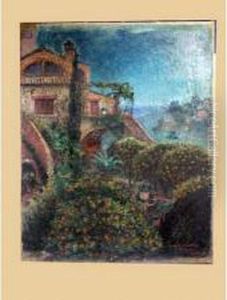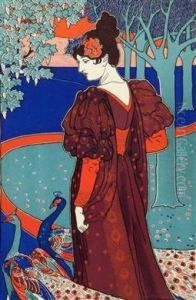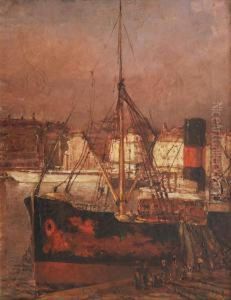Emile Auguste Wery Paintings
Emile Auguste Wery was a Belgian painter known for his landscape paintings and his association with the School of Tervuren, which was an influential group of artists that gathered around the painter Hippolyte Boulenger. This school was part of a broader movement in the 19th century that sought to capture the Belgian countryside through plein air painting, similar to the approach of the French Barbizon School.
Wery was born in 1868 in Belgium, and not much is detailed about his early life or training. However, it is known that he was active during the late 19th and early 20th centuries, a period that saw significant changes in art with the emergence of modernist movements. Wery's work was characterized by a strong emphasis on the natural environment, often depicting rural scenes with a sensitivity to light and atmosphere that reflects the influence of the Impressionists.
During his career, Wery participated in various exhibitions and was recognized by his peers for his contribution to Belgian art. His landscapes often portray the regions around Tervuren, and he was noted for his ability to capture the essence of the Belgian countryside with a delicate palette and an impressionistic touch.
Emile Auguste Wery's death in 1935 marked the end of an artist who, while not as widely known as some of his contemporaries, contributed to the rich tapestry of Belgian landscape painting. His works continue to be appreciated by collectors and art enthusiasts who value the plein air tradition and its role in the evolution of landscape painting.


